The Evolution of the Automatic Transmission
The automotive industry has seen tremendous advancements over the past century, and one of the most significant innovations is the automatic transmission. Originally designed to ease the driving experience, the automatic transmission has undergone several evolutions to become the efficient, smooth-operating system we rely on today. This blog post delves into the history and gradual development of this essential vehicle component.
The Early 1900s
In the early 1900s, driving a car required manual gear shifting, which demanded both skill and attention. The advent of the hydraulic automatic transmission in the 1940s marked the beginning of a new era. Introduced by General Motors in the form of their Hydra-Matic transmission, this innovation used fluid coupling instead of a traditional clutch, allowing for smoother gear changes. This laid the foundation for the convenience we now take for granted.
The Late 1900s
As automotive technology advanced, so did automatic transmissions. The development of electronically controlled transmissions in the 1980s and 1990s represented a significant leap forward. These systems used computer modules to manage gear changes more precisely and efficiently than purely mechanical systems could. Consequently, vehicles equipped with these transmissions offered better performance, fuel economy, and reliability. According to IBISWorld, single-speed transmissions that connect with modern electric components are growing in demand as manufacturers seek to improve the efficiency of their multi-speed transmissions. This is especially relevant as the industry moves towards electric vehicles, where different transmission technologies are required for optimal function.
The 2000s
The drive for improved efficiency and environmental consciousness in the 21st century has further spurred the evolution of automatic transmissions. Continuously Variable Transmissions (CVTs), Dual-Clutch Transmissions (DCTs), and newer forms of automated manual transmissions (AMTs) have been developed to balance performance with fuel economy. These modern systems offer seamless transitions between gears and work in harmony with advanced driver-assistance features, making driving safer and more enjoyable.
The evolution of the automatic transmission is a testament to the relentless pursuit of innovation within the automotive industry. From their humble beginnings to the advanced systems of today, automatic transmissions have continually adapted to meet the demands of drivers and the environment. As technology progresses, we can expect to see even more refined and efficient transmission systems, particularly as electric vehicles become more widespread. The journey of the transmission is far from over and promises to continue revolutionizing the way we drive. Contact Richmond Transmission & Auto Service to learn more about our transmission services!
Business Hours
- Mon - Fri
- -
- Saturday
- -
- Sunday
- Closed
Holiday Hours May Vary

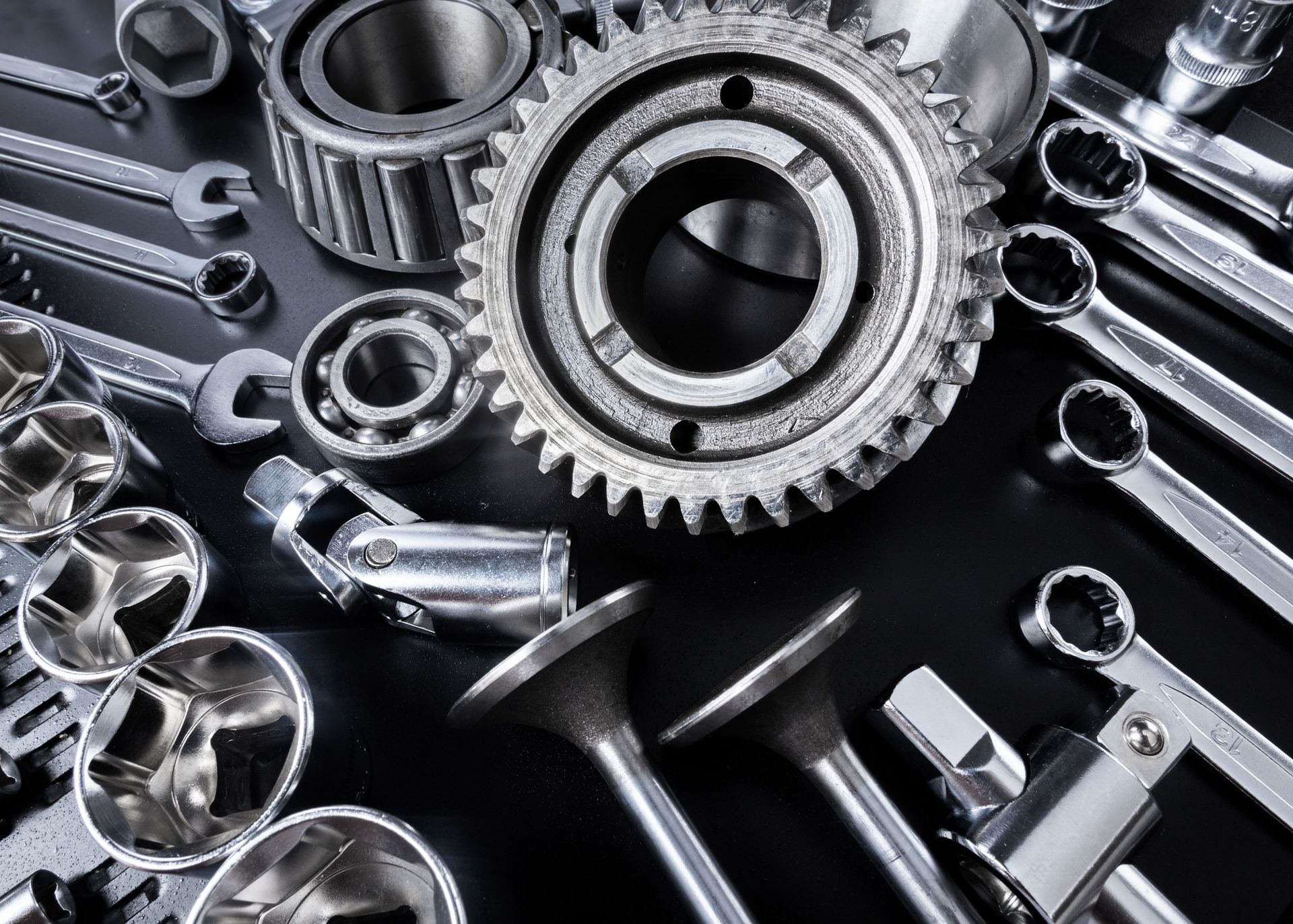
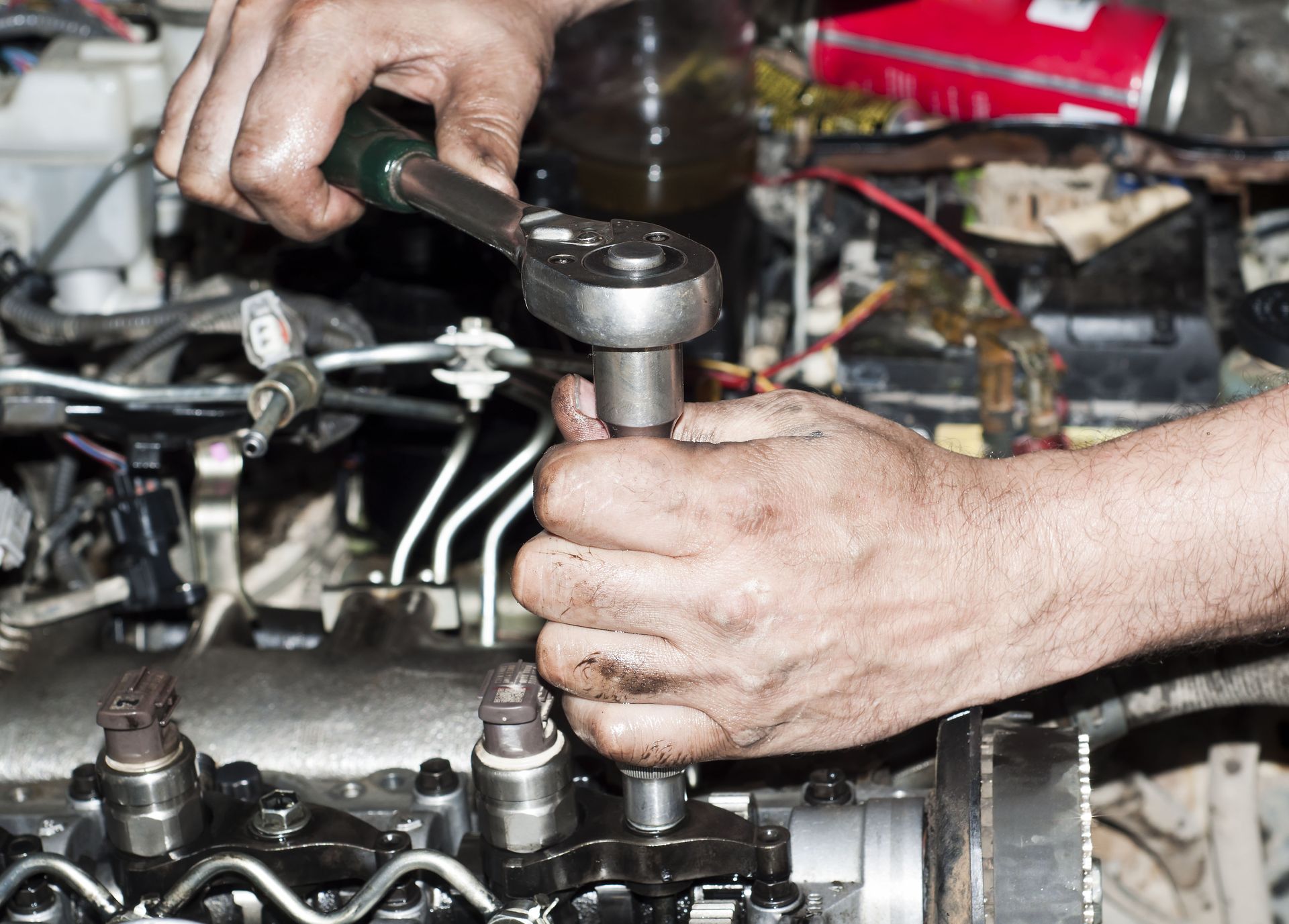
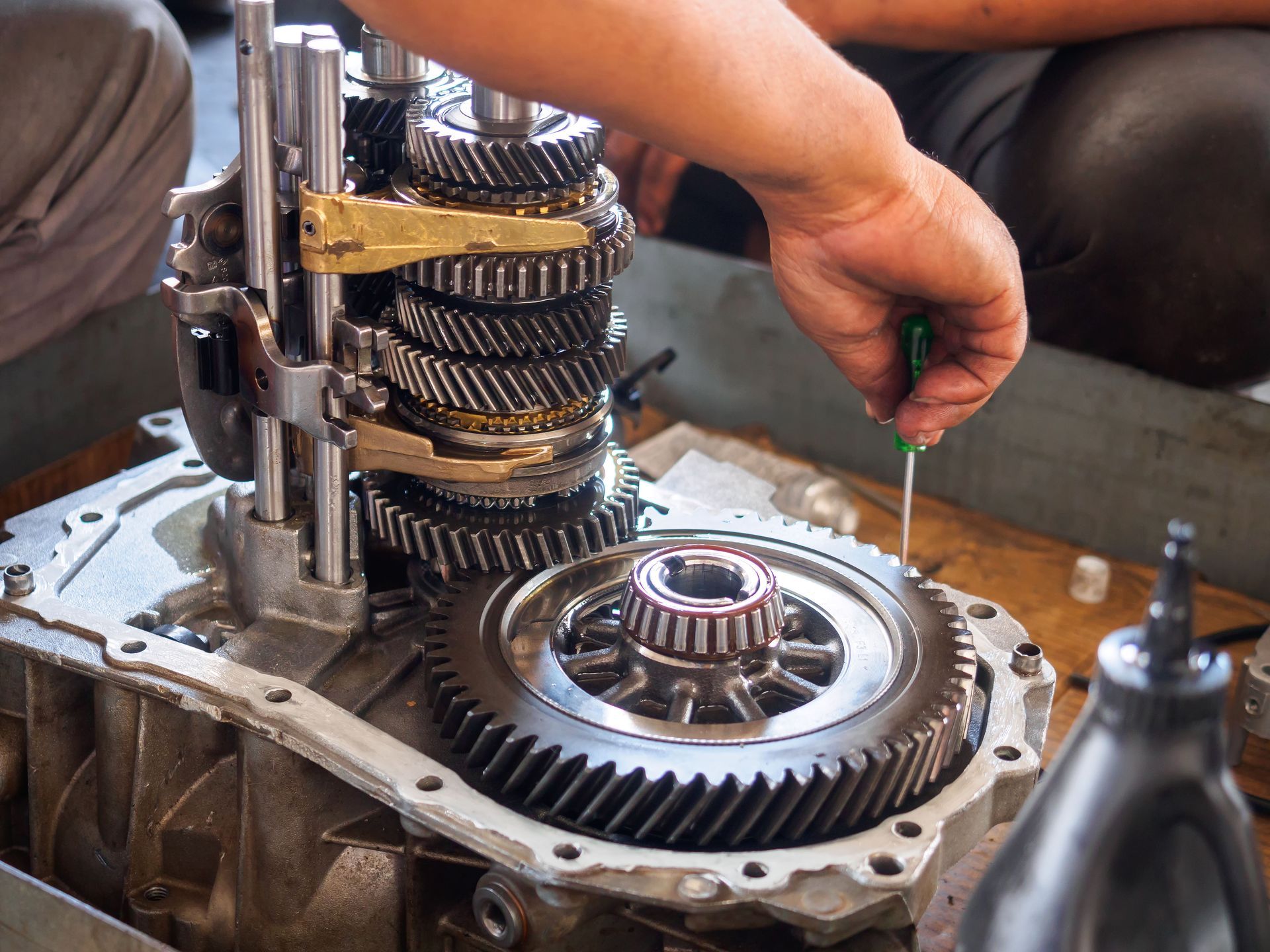
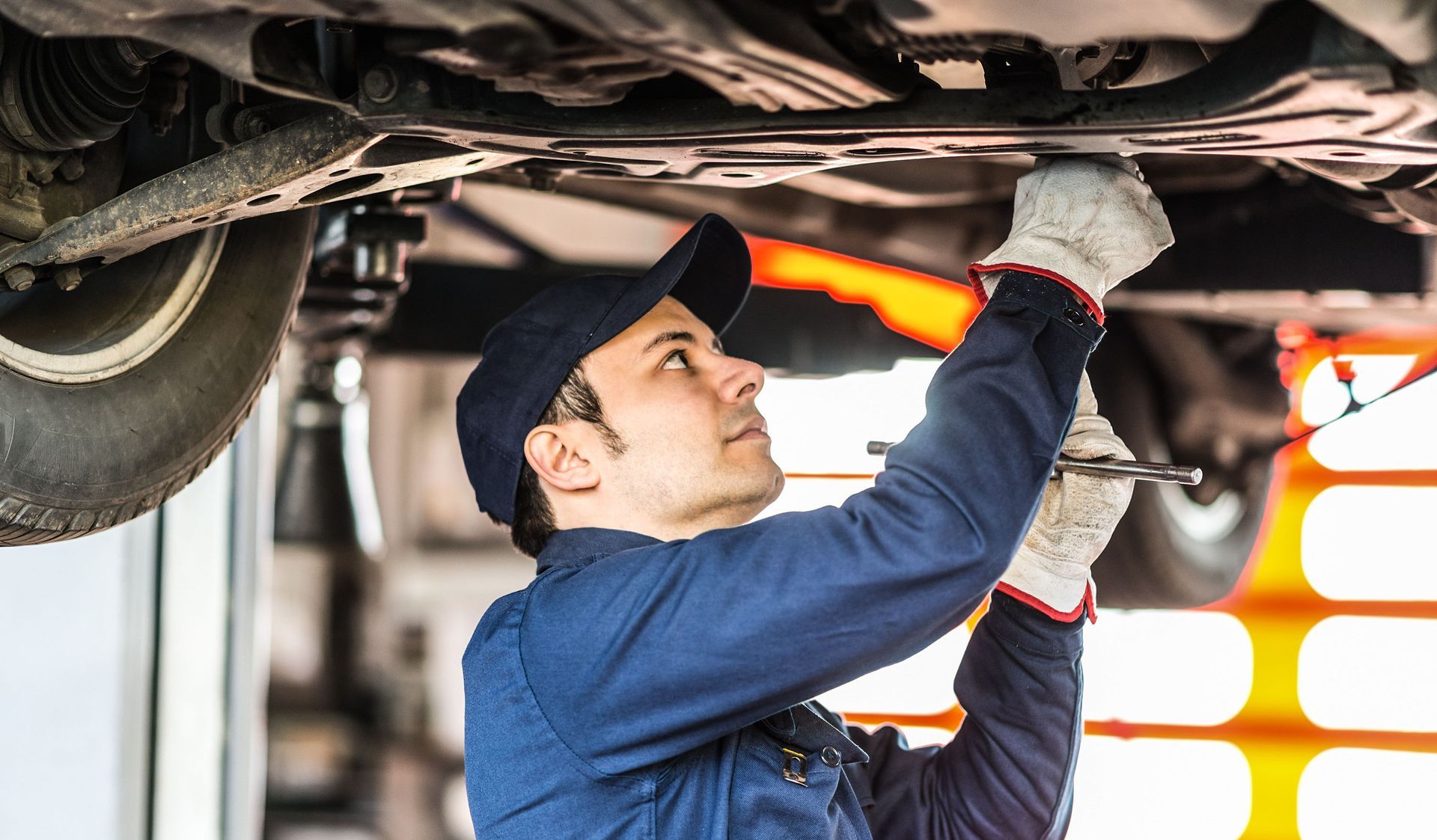
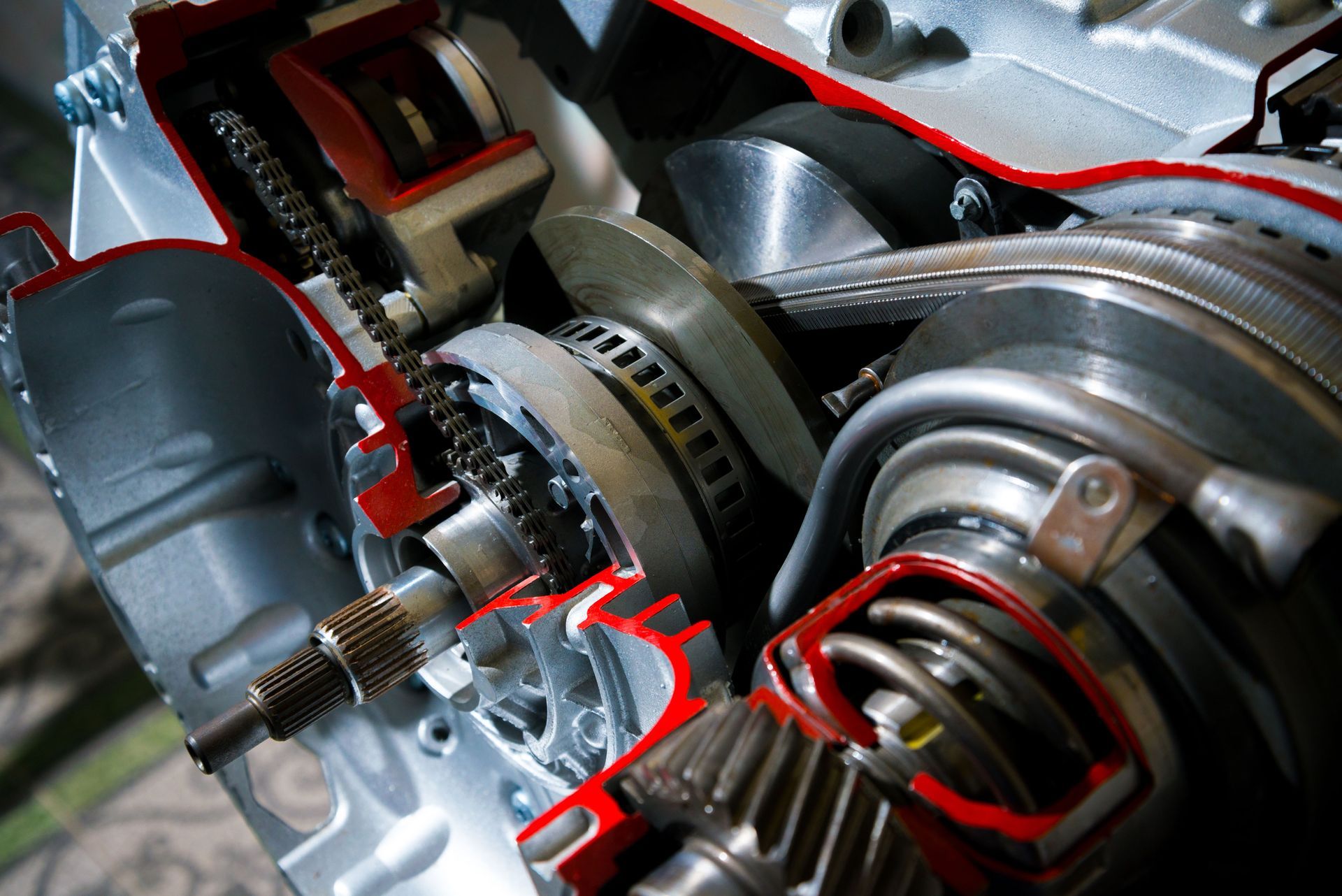
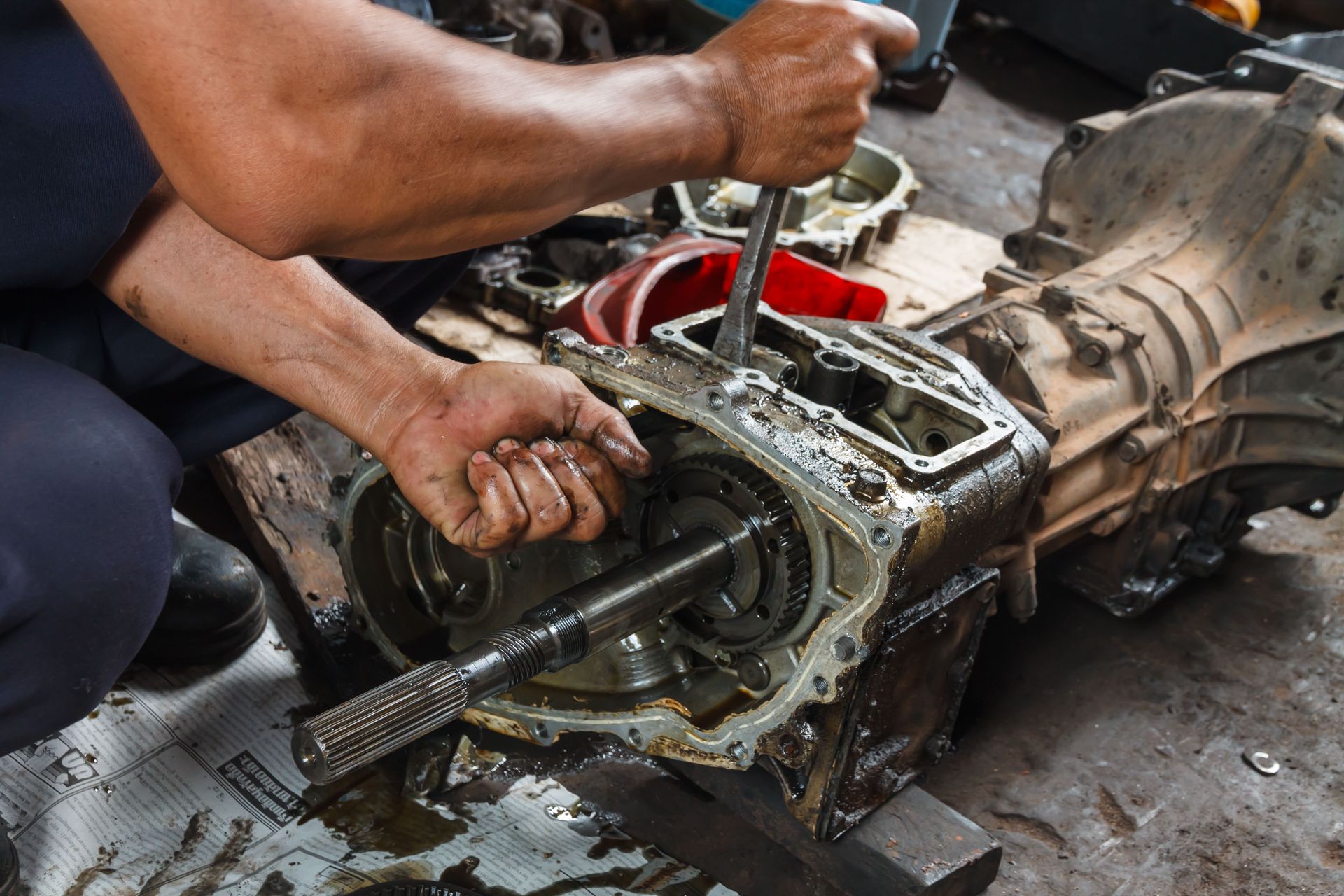
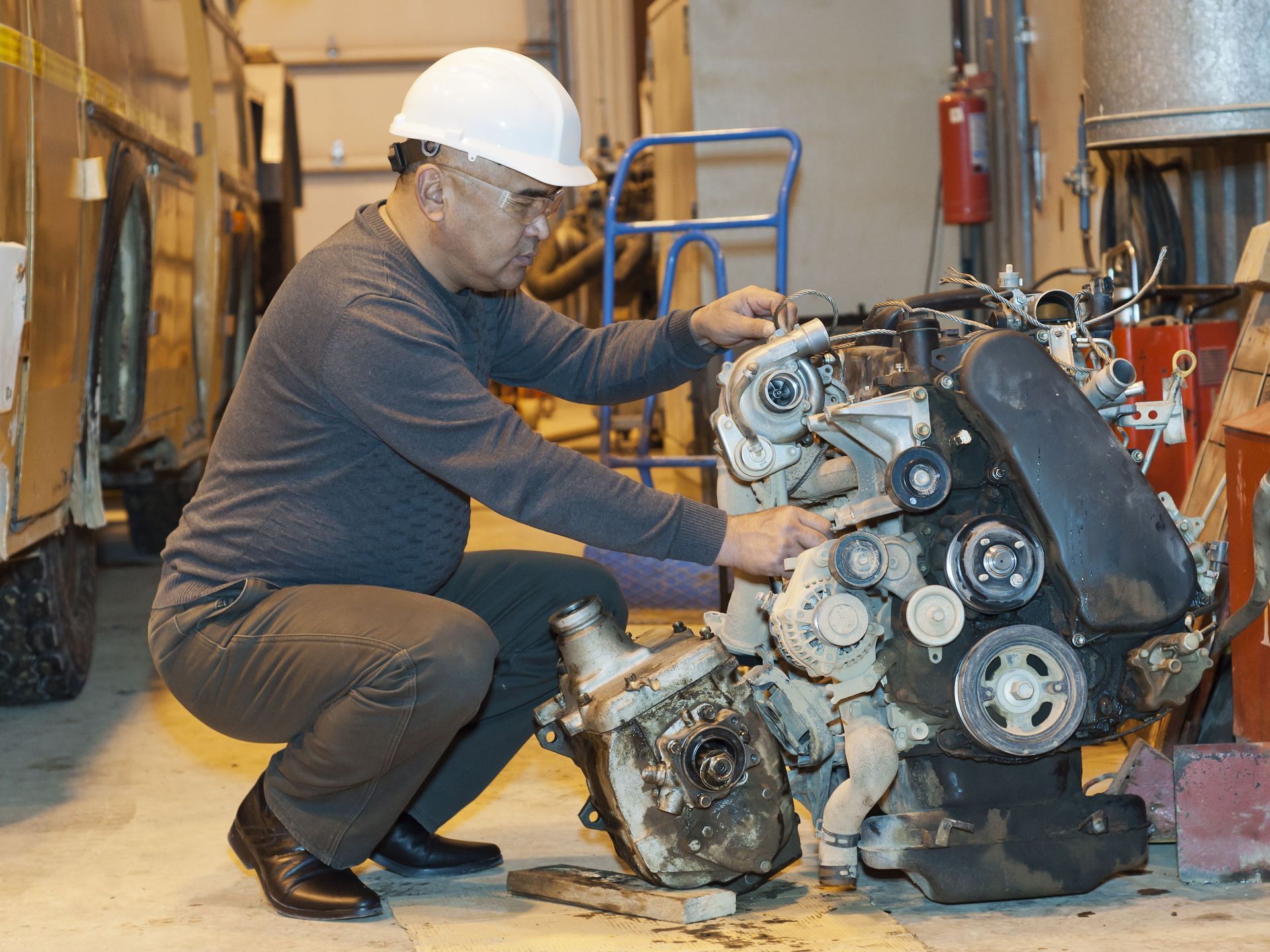
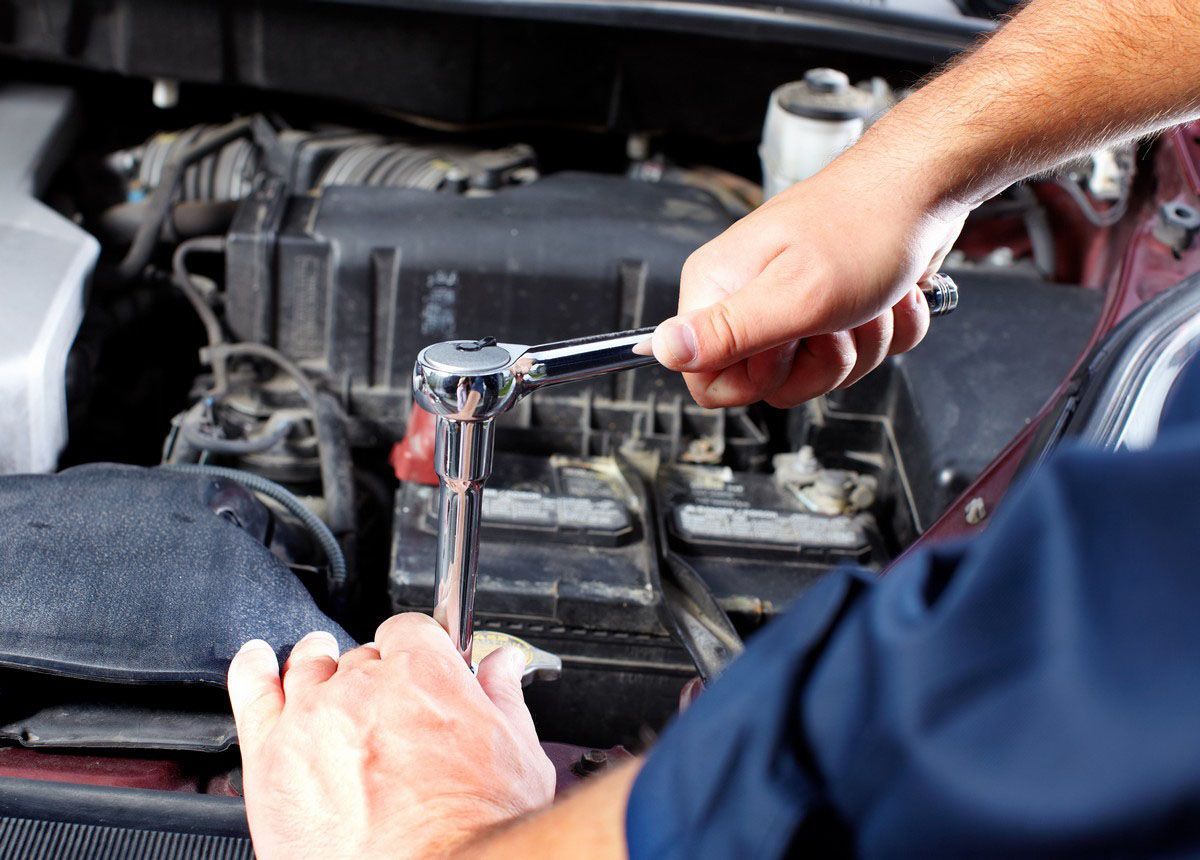











Share On: